Did you know that the five extraordinary vehicles we called space shuttles have each traveled into space bearing the names of notable sailing vessels?
Being a great fan of the amazing work done by NASA, and also a lover of all things nautical, that thought brings a smile to my face. I can imagine the great minds that engineered the remarkable manned space flight program being acutely aware of a very special historical connection. They must have felt there was a kinship between earlier souls who went forth to explore on the seas and those of our age who were hurtled aloft to explore the heavens.
What a stroke of genius! They named the shuttles that would make history carrying explorers through the skies after noteworthy vessels that had taken other souls on journeys of exploration on the sea.
Learn here about the ships that gave their names to Columbia and Challenger.




 The first American space vessel built to take men to space and back was fittingly named for the first American ship build to circumnavigate the globe.
The first American space vessel built to take men to space and back was fittingly named for the first American ship build to circumnavigate the globe. 
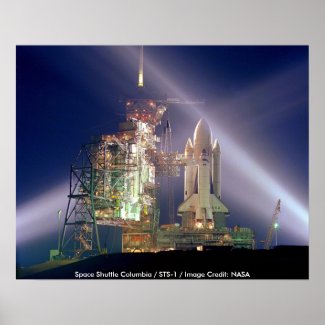
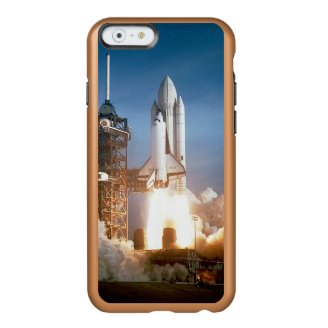




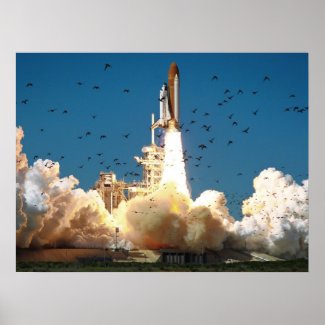
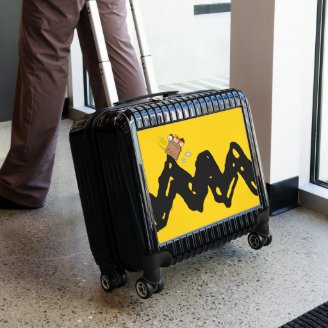


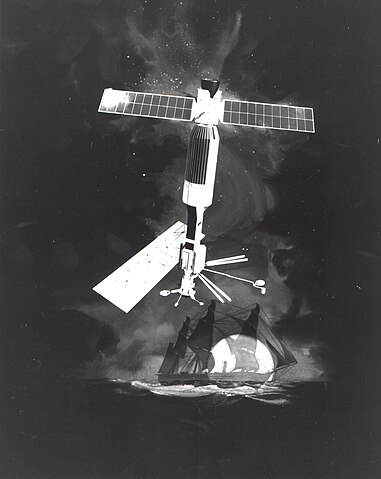


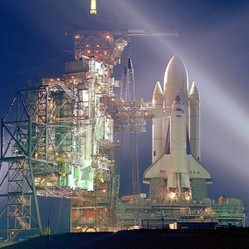

 Gold Heart Locketson 12/30/2015
Gold Heart Locketson 12/30/2015
 Ships and Boats on Electrical Wall Plateson 11/12/2015
Ships and Boats on Electrical Wall Plateson 11/12/2015
 Nautical Jigsaw Puzzles: Ships and the Seaon 11/04/2015
Nautical Jigsaw Puzzles: Ships and the Seaon 11/04/2015
 Tropical Flower Christmas Ornamentson 11/03/2015
Tropical Flower Christmas Ornamentson 11/03/2015
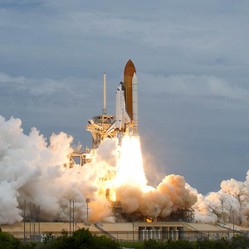
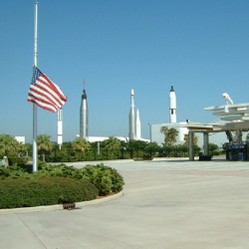
Comments
CruiseReady, If it weren't for the chronological order of Columbia before Challenger as ships, I'd have expected the order to be reversed for the shuttles.